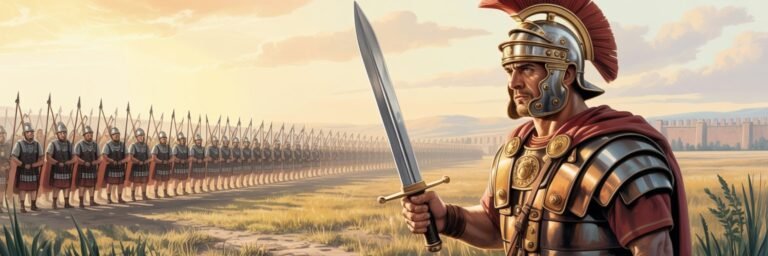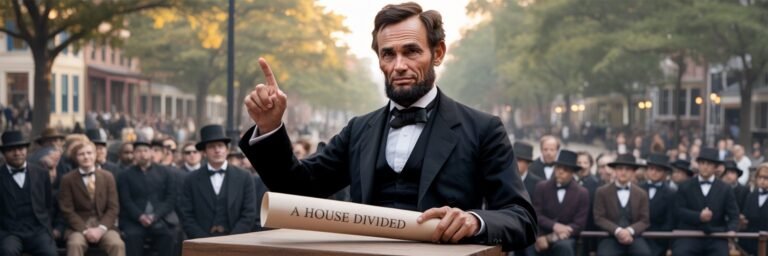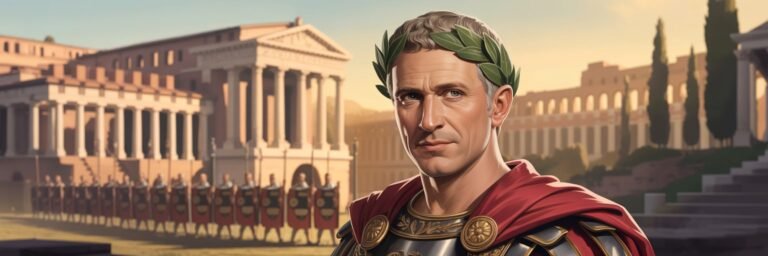INTRODUCTION
Propaganda and its role in the consolidation of power remain significant talking points in the intricate annals of history. Some of the most influential leaders used this mechanism successfully, manipulating narratives as the puppeteer dictates the movements of marionettes. In this piece, we explore how propaganda and power entwine themselves to shape epochs, creating indelible imprints across different cultures and civilizations.
HISTORICAL BACKGROUND
History’s showreel tells a story of deception, manipulation, and the exploitation of public sentiment through propaganda. Ancient Egyptian pharaohs during the New Kingdom, notably Thutmose III (1479–1425 BC), inscribed exaggerated accounts of his military campaigns on temple walls. In Medieval Europe, Kings Edward I and Louis IX effectively propagated their holy crusades to rally the masses, painting a romantic picture of religious fervor. However, propaganda took on a new dynamic dimension in the 20th century with the rise of mass media and totalitarian regimes.
Approaching 1933, Joseph Goebbels, as Nazi Germany’s Minister of Propaganda, successfully orchestrated a narrative of Aryan superiority, cloaked in the promise of a glorious resurgence of the ‘Fatherland’. In parallel, Stalin’s Soviet Union marinated in a socio-political stew of carefully curated half-truths that served to sustain his authoritative reign.
THEORIES AND INTERPRETATIONS
Academic theories around propaganda and power examine propaganda as a sociological phenomenon and a communication toolbox used to sculpt public perception. Harold Lasswell’s seminal 1927 work “Propaganda Technique in the World War” advocates for the tactical use of propaganda as a mechanism for mass persuasion. Jacques Ellul’s “Propaganda: The Formation of Men’s Attitudes (1965)” provocatively argues propaganda is not just necessary but inevitable in a technological society.
The Frankfurt School’s critical theorists, such as Theodor Adorno and Max Horkheimer, dissected the role of the ‘culture industry’ in creating a soft and powerful form of ideological control. Their dystopic vision of a mass-produced culture characterized by pseudo-individualization and standardization mirrored the machinations of powerful propagandist leadership.
MYSTERIES AND CONTROVERSIES
The magnitude of propaganda’s effect on shaping societies remains a source of debate. Its intricate interplay with culture, politics, and technological advancements makes it fertile ground for historical controversies.
One stands out example is the debate surrounding American propaganda during World War II. It is argued whether the romanticized image of the “Rosie the Riveter,” designed to promote women participating in the workforce, inadvertently laid the foundation for second-wave feminism in the 1960s.
Another controversy involves China’s Cultural Revolution (1966-1976), where Mao Zedong used propaganda to stifle criticism and consolidate his rule. Yet, some scholars question whether it also played an unwitting role in China’s gradual opening up to the world.
SYMBOLISM AND CULTURAL SIGNIFICANCE
Propaganda is inextricably linked to symbolism. The Nazis employed the swastika, an ancient Hindu symbol, signifying Aryan purity, whereas Soviet propaganda repurposed Christian motifs to replace God with Stalin. The imagery of “Uncle Sam” in the United States during both World Wars is another vivid example of symbolism used to solicit patriotism.
Cultural significance of propaganda elements often transcends their original purpose, embedding themselves in a society’s collective memory. These symbols rarely fade; they merely transform according to the zeitgeist of the era, thus underlining the cultural significance of propaganda.
MODERN INVESTIGATIONS
Today’s historians, armed with advanced digital tools, are unearthing nuances in the usage and significance of propaganda. Newly discovered archives reveal unseen aspects of Nazi and Soviet propaganda, elucidating the psychology of ‘the seduction of the crowd.’
Scholars systematically dissect North Korea’s propaganda and its Kim dynasty’s ongoing narrative control. Investigations delve into today’s digitized reality of “fake news” and “alternative facts.” The complexities of propaganda in the internet age are astounding, with social media becoming a theater of information warfare.
LEGACY AND CONCLUSION
The legacy of historical propaganda continues to influence contemporary politics. From Orwellian notions of “doublethink” and “newspeak” to Chomsky’s “manufacturing consent,” we see populist leaders use fear, disinformation, and emotionally charged symbols to frame their narratives. Yet, such practices also spur suspicion and scrutiny. This critical awareness has become our defense against manipulation and deception, a lasting legacy of historical propaganda’s dance with power.
Across the millennia, propaganda and power have intertwined to shape our collective human story. The hand of history has undoubtedly been influenced by the manipulation of information and narrative. Our leaders became narrators and, in some cases, dictators of our understanding of the world, using intricate webs of half-truths, flamboyant falsehoods, and emotionally charged symbolism. Yet, the knowledge of such tactics has powered humanity’s continuous quest for truth, enabling us to question, to challenge, and to grow.



